Desktop 3D Printing, especially using FDM technique, is fascinating for hobbyists, artists, product designers and companies alike, for the cost effectiveness, speed and flexibility it offers in addition to the part strength.
We are trying to a list of best thermoplastic materials for FDM (fused deposition modeling)/ FFF based 3D printers, which occupy a lions share of the total available 3D printers in the world. Thermoplastics by nature malleable when heated, and can be used to create any shapes, and then let them cool to preserve those shapes permanently.
ABS
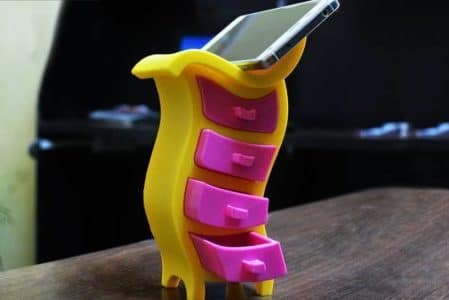
Acrylonitrile Butadiene Styrene (ABS) is a popular 3D printing thermo plastic filament. It is best used for making durable parts that need to withstand higher temperatures.
Its strength, flexibility, machinability, and higher temperature resistance make it often a preferred plastic for engineering and mechanical applications. It is a tricky plastic, it flows slowly from the print head and shrinks as it cools down, often causing warping if not handled well. A heated build platform is prescribed for printing with ABS
PLA
PLA (short for polylactic acid) is a thermo plastic made of renewable starches such as corn and sugarcane. It is eco-friendly, odorless and cause very low-warp, and does not require a heated bed. It is very easy to print, and is the best filament for beginners.
The parts produced are shiny, stiff but slightly brittle. It is best used for cosmetic prints, prototypes, desk toys, low-stress applications.
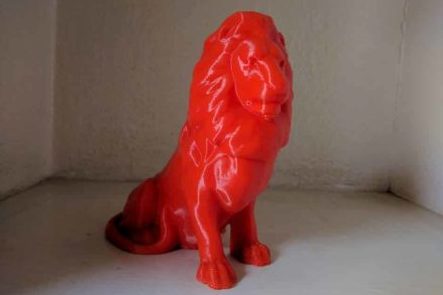
HIPS
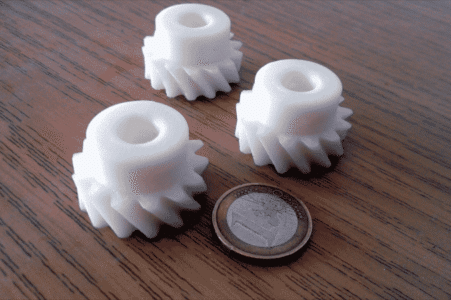
High-impact polystyrene (HIPS) filament is a thermoplastic polymer with superior impact resistance and hardness in comparison to ABS and also offers good dimensional strength and heat resistance.
HIPS is as easy to print with as ABS but is much less likely to warp. HIPS is ideal for printing in conjunction with ABS because it has a similar strength and stiffness profile to ABS which means they complement each other well. It also helps that HIPS and ABS need to be printed around the same temperature. While HIPS is soluble in limonene solution, ABS does not dissolve. This makes it a great choice for a cost effective support material. HIPS is commonly used in the production of toys as well as product packaging and home appliances.
PVA
PVA (Polyvinyl Alcohol) is a water-soluble material that is often used as a support material, but can also be used to print independently. It is most often used on 3D printers with dual extruders, with one extruder printing a primary material, especially in case of complex designs where support removal is tricky.
PVA filament is easy to print with due to it’s low melting temperature of 185°C, which also make it a perfect match with PLA, which has very similar printer settings. PVA is very hygroscopic, meaning it very easily absorbs water from the atmosphere. Best practices for managing this include storing the filament in a sealed container or drying it in an oven before printing.
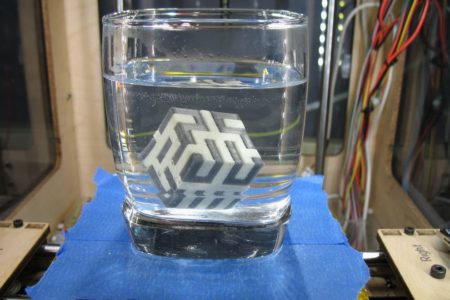
NYLON
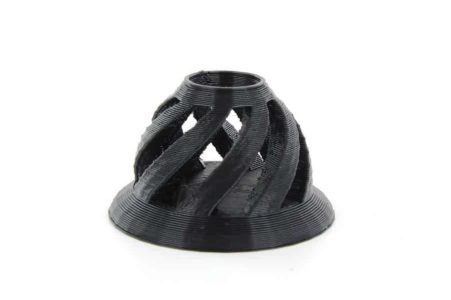
Nylon filament is very strong and durable. It is also flexible for thinner parts but has very high inter-layer adhesion, which makes itself an irrestible option for low volume functional parts like hinges etc.
Nylon filament has high sensitivity to moisture, which means keeping it in dry environment is quintessential. Also, it is highly susceptible for warping and needs a heated bed for printing. Nylon needs to printed with slower speeds to ensure proper layer adhesion.
PC
Polycarbonate (PC) is a strong, impact and temperature resistant thermoplastic polymer. It is is one of the strongest and toughest materials available for FDM and is ideally used in functional prototypes and production parts
PC is very hygroscopic and will absorb moisture from the air, making it result in poor print quality. Keep PC in an airtight container during long prints. Also, PC experiences high amount of warping, and needs to be carefully printed with a heated bed.
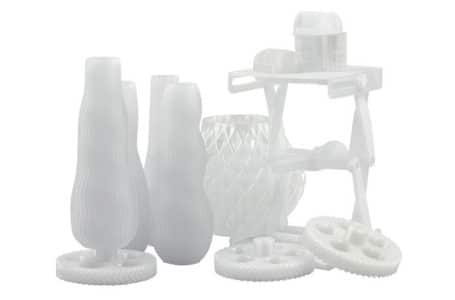
PETG
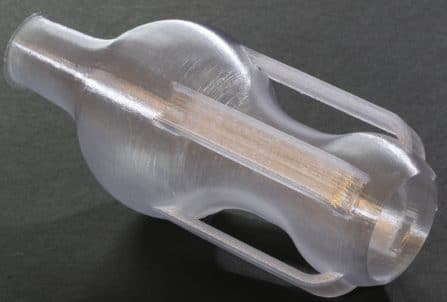
PETG filament, is an industrial strength filament with great blend of positives from the two most popular filaments – ABS and PLA. It combines the ease of use of PLA filament with the strength and durability of ABS filament.
Unlike ABS, it doesnot produce fumes and warping during printing. Best used for mechanical parts and snap fit enclosures and sticks well to blue painters tape. It is a flexible 3D printing material with a glossy finish and is impact and heat resistant.
WOOD
Woold filament is not exactly a filament purely made out of wood. It is PLA thermoplastic infused with wood fiber, so that the resultant filament has the characteristics and texture of wood and also the strength and adhesion of plastic.
Objects from wood filament do not have great strength, but offer good aesthetics. Their appearance can further be improved by a bit of post processing. Ideal applications are creative applications like figurines, bowls, architecture models and mementos.
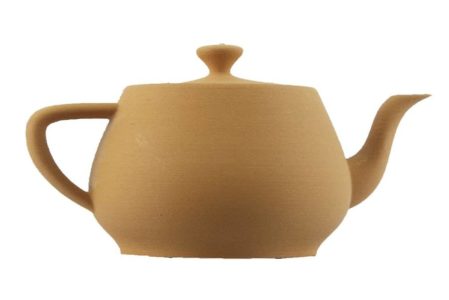
TPE
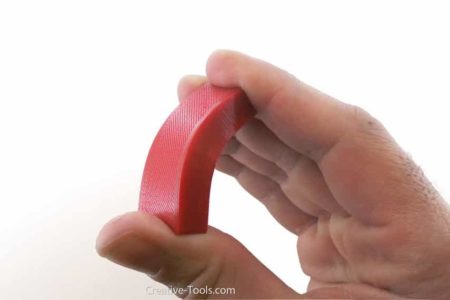
Thermoplastic Elastomer (TPE) is a plastic and rubber copolymer filament that has both plastic and elastic properties. Parts made with TPE are rubber like and extremely elastic. They have the ability to be stretched repeatedly (up to twice their original length) and return to their original form.
COMPOSITE METAL
Composite metal filaments are a mix of metal powder and either PLA or ABS. The resultant filament can produce results that have the look and feel of metal objects, including the weight, as the blended mixture tends to be several times denser than pure PLA or ABS.
Some of the available metal blends include brass, bronze, copper, steel etc. Ideal applications will be miniatures, mementos, artifacts, figurines, toys etc. Also, these objects allow post processing like polishing, weathering or tarnishing a bit to get the required look and finish.

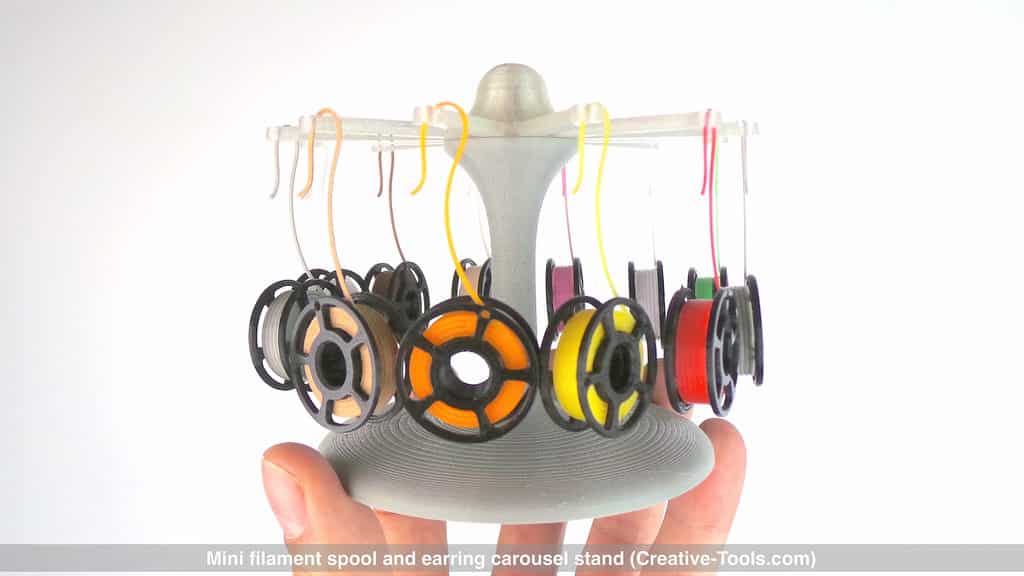
One reply on “think3D top10: 3D Printer Filament types”
My self PROF. K.UMA, doing my research work at FDM. I need FDM filament of ABS reinforced with 8wt.% of nano copper oxide (CuO) and nano copper particles. Can you supply the filament for as per my requirement? kindly send the quotation for 1kg of filament.